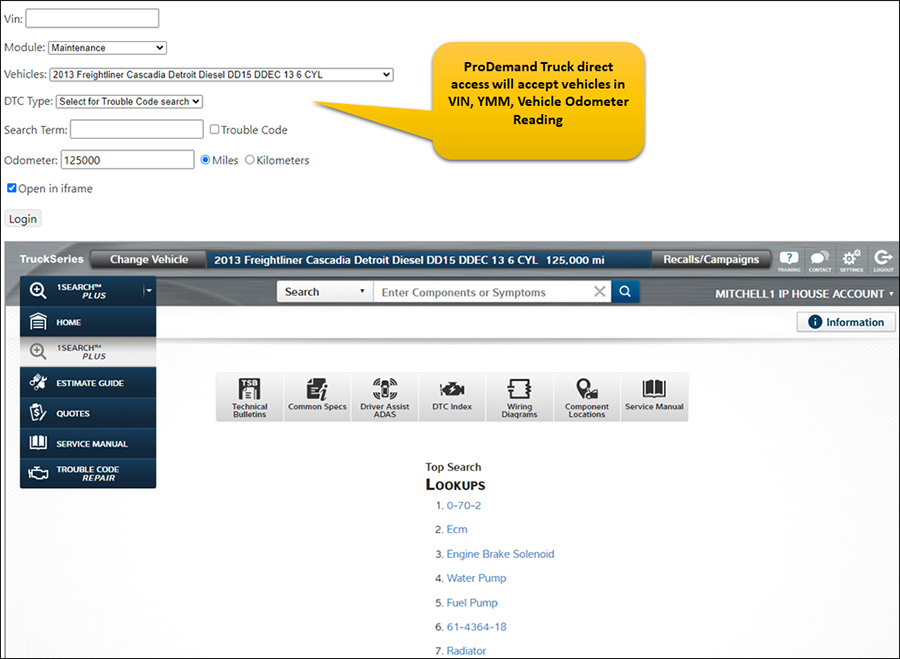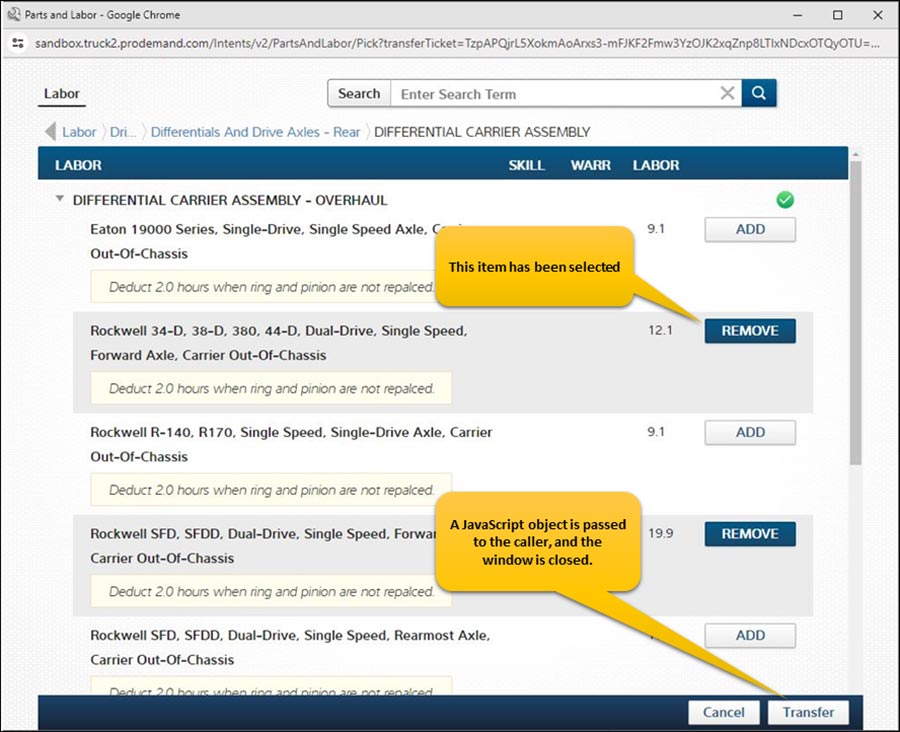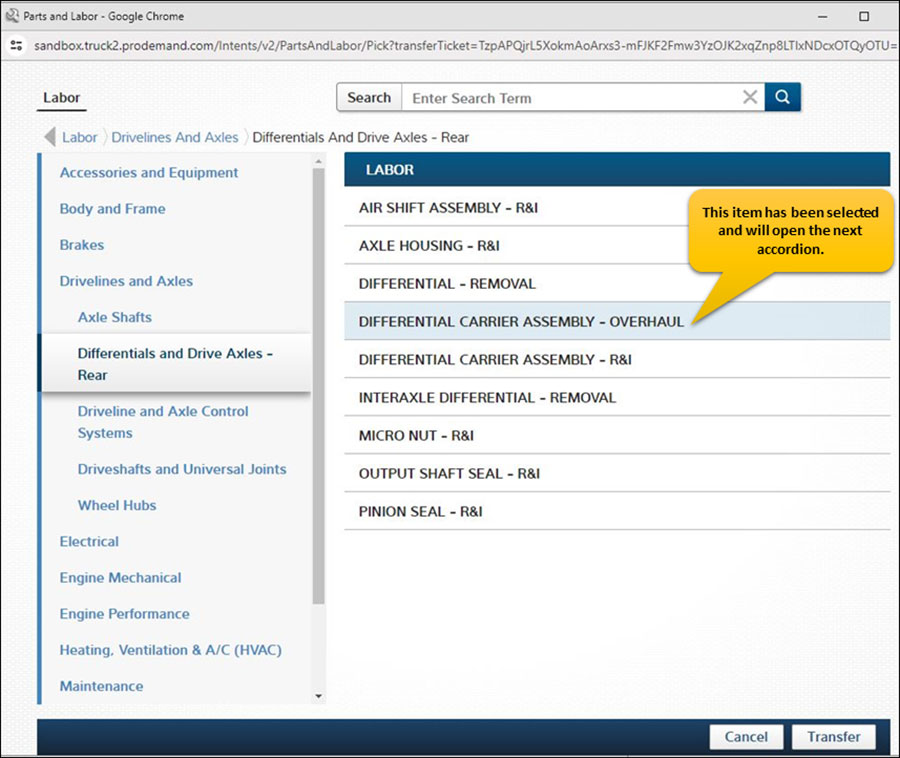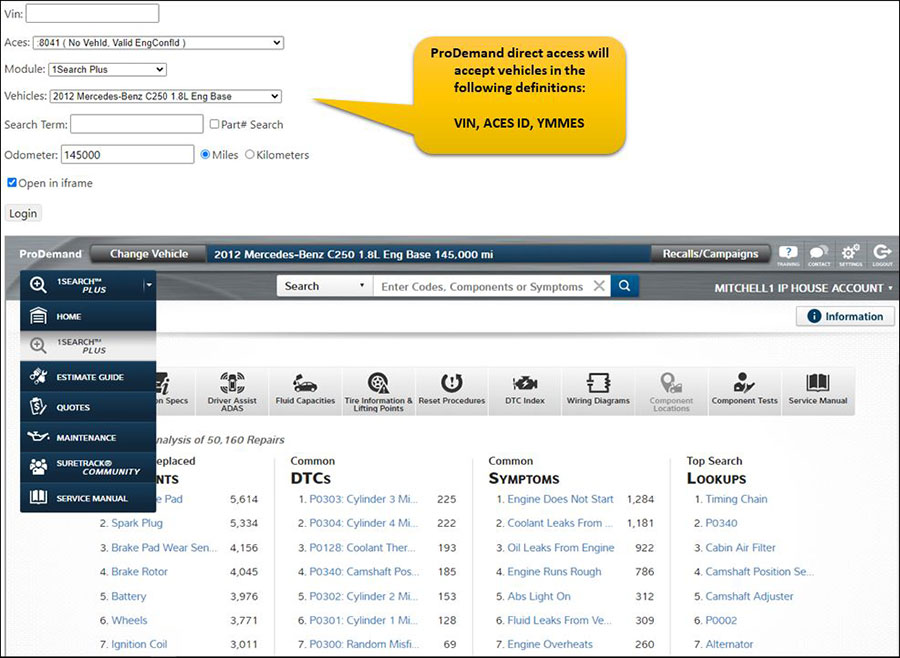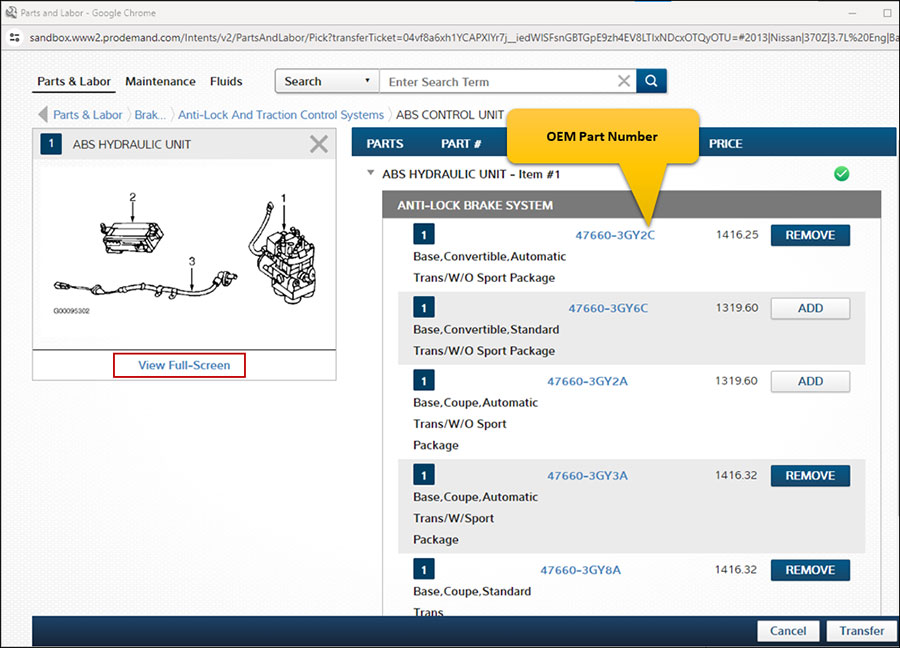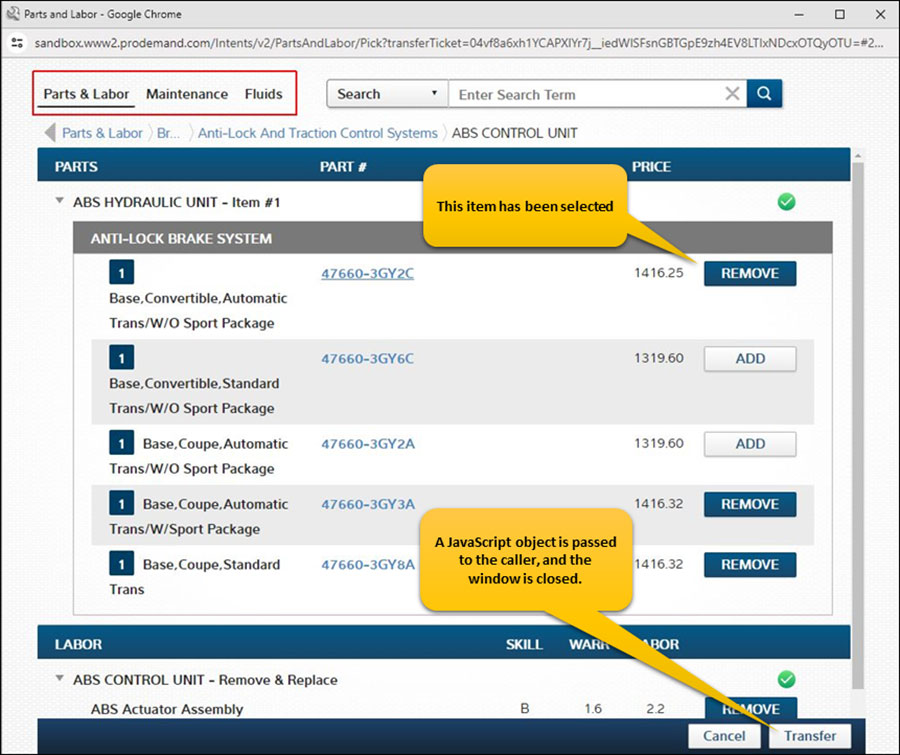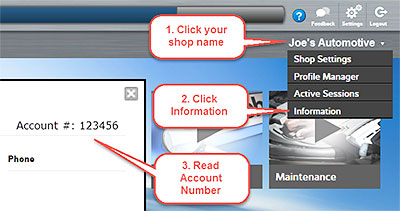
The future of EV-powered trucks is in full swing, and with it, manufacturers often face issues involving battery charge time, range and battery state of charge – particularly during extreme weather. Even as we move into Spring, parts of the country are still experiencing freezing temperatures that can affect the battery state of charge. I have first-hand knowledge of the impact cold weather has on the battery state of charge as a former diagnostic and repair technician in Illinois.
Cold temperatures can impact the electro-chemical reactions within the cell, and the onboard battery management systems slows the charging rate to avoid damage to the battery. So, manufacturers are exploring new ways to keep the battery at a temperature level that is conducive to keeping the battery charge at a stable level.
Most EV companies have a dual coolant system, one for the 12v system and one for the high voltage system, along with a heating pump and fans to regulate battery temperature. The cooling system for am EV battery pack is similar to a conventional internal combustion engine (ICE) cooling system. Coolant is pumped through an electric coolant pump through channels in and around the battery pack. It then flows through the radiator to be cooled off and recirculated.
Battery temperature sensors determine how the coolant system functions. If a battery gets too cold, charging time is extended. In order to combat this, they use what is called “pre-conditioning” to warm up the battery to an optimal temperature to decrease charging time and improve effectiveness.
Although the loss of range typically occurs during cold temperatures, it can also happen if the battery becomes too hot. With this, you also run the risk of a thermal event or thermal runaway.
In any event, extra time spent charging your vehicle in cold temperatures can make a big difference if you’re a commercial truck driver, since delays can throw off your delivery schedules. More research & development is needed to resolve these issues, but who knows, the OEMs may soon surprise us with new technologies to keep EV batteries humming at perfect temperature, in all seasons.
